Ecological Restoration

Specialising in detailed
high-quality assessments

Bespoke
biodiversity consultancy

Integrating technological
developments
Projects


Kent, UK
Following the installation of a major natural gas pipelines (part of the UK’s National Transmission System), large-scale ecological restoration efforts were required. In Kent, one project, the Isle of Grain to Shorne 37-inch gas pipeline project crossed two large areas of estuarine marsh, which are important migratory bird habitats and as such are covered by National, European and International Designations (SSSI, SPA and Ramsar).
Furthermore, creating the pipeline right of way construction easement demanded the removal of various marsh habitat types, leading to a degree of short-term habitat loss for several species. A mitigation package was drawn up to ensure that disturbances to sensitive species and habitats were eliminated or minimised during construction, and to provide plans for the restoration of affected habitats. These mitigation measures were agreed with Natural England and the Environment Agency, who provided the licences necessary for works to proceed.
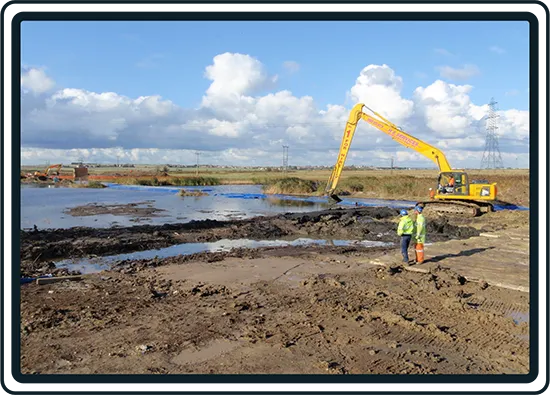
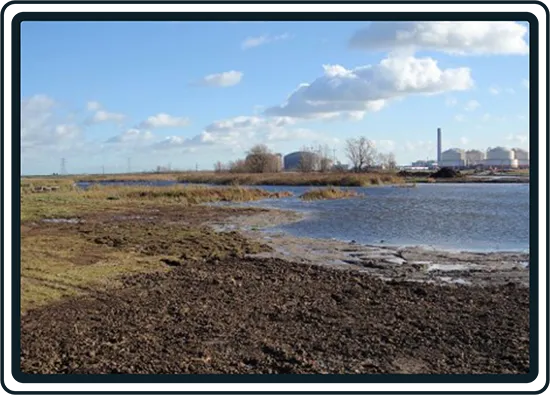
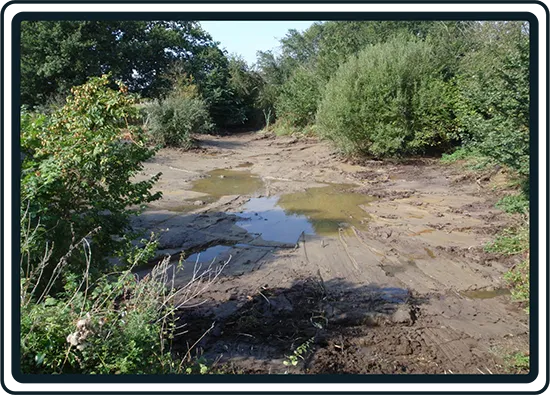
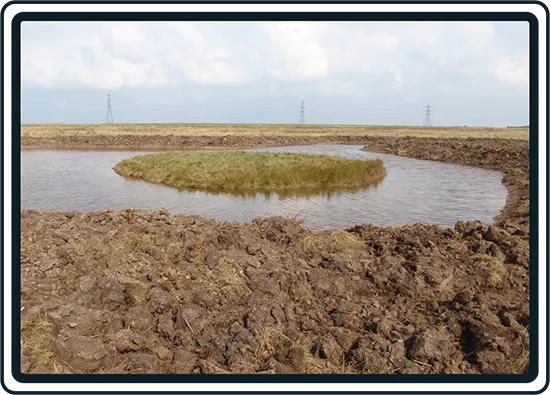
Ecological Restoration works on the Isle of Grain, Kent (from top left: restoring an estuarine fleet, pond clearance work and installation of a new aquatic feature for wetland birds).
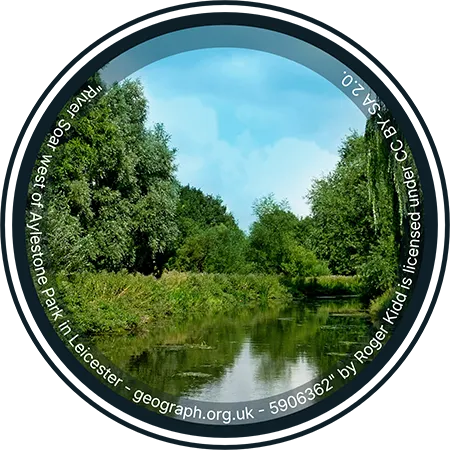
Leicester, UK
As part of the development of a large-scale quarry project in the north-east Midlands, our consultants, managed and supervised the translocation of 8,000 m2 lowland floodplain meadow. The meadow was recognized as semi-natural grassland of nature conservation value. The aim of the exercise was to maintain the species composition, botanical interest of the vegetation, and the wider ecological characteristics of the grassland. It involved maintaining National Vegetation Classification (NVC) types and notable species as well as providing a seed source for enhancement of similar grassland habitats nearby.
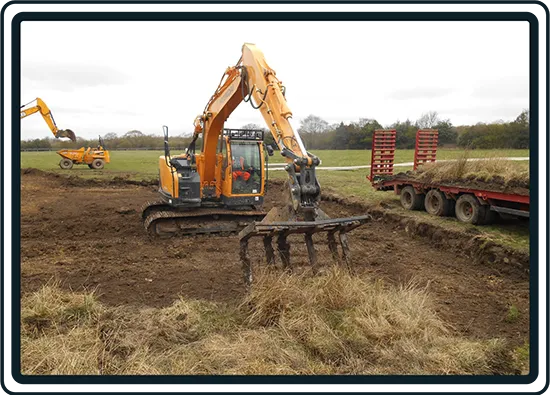
The project covered identifying suitable nearby receptor sites, devising an appropriate translocation methodology including pre-translocation botanical surveys, soil testing and receptor site preparation.
The detailed methodology accounted for the translocation process to ensure turves were lifted safely and in specific order, so to place turves in the same order on the receptor site. This had to be undertaken during preferable weather conditions.
Once the translocation had taken place, post-translocation monitoring ensued with aftercare and management (e.g., controlling undesirable invasive species, rectifying defects and water irrigation management).